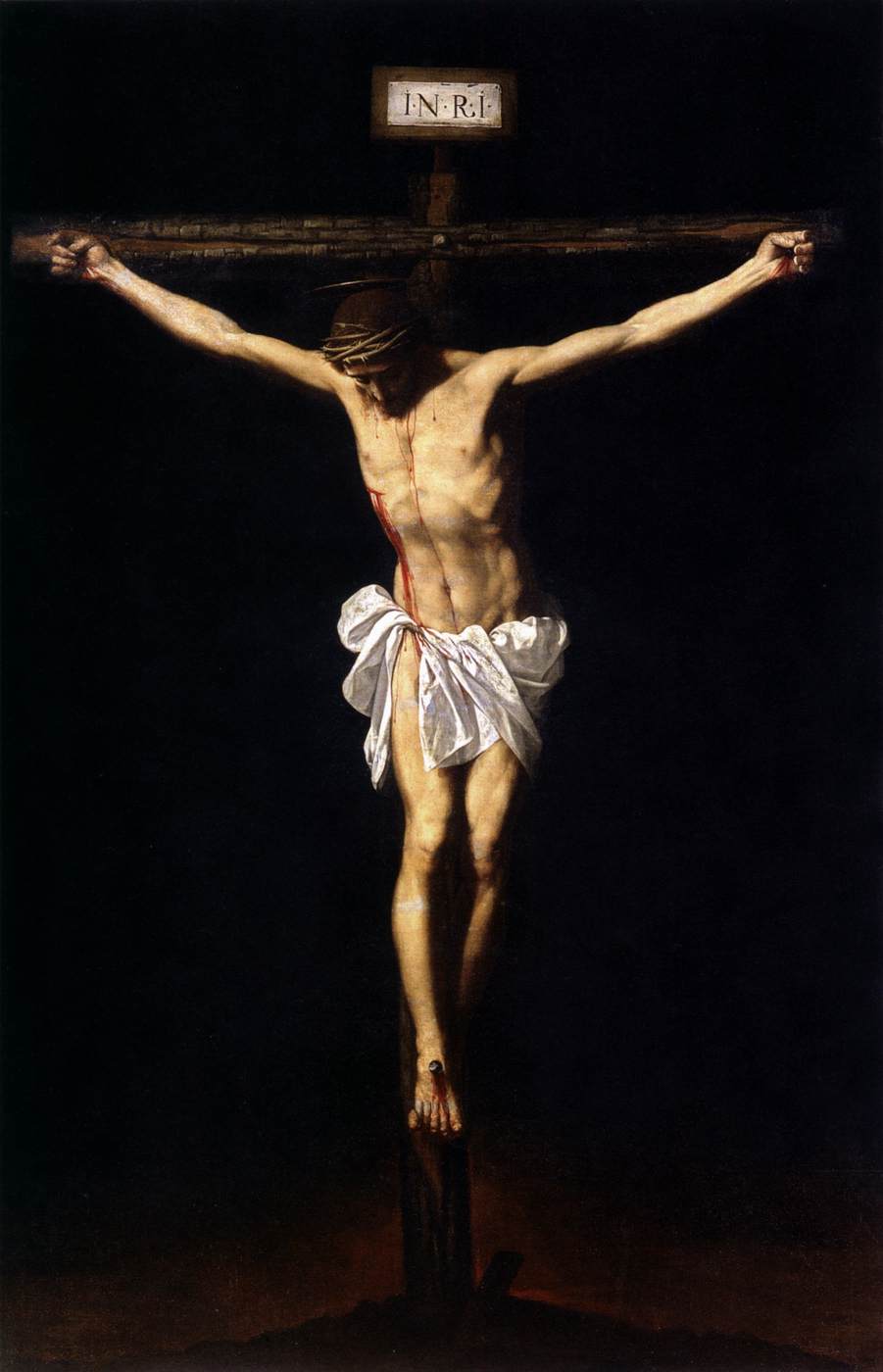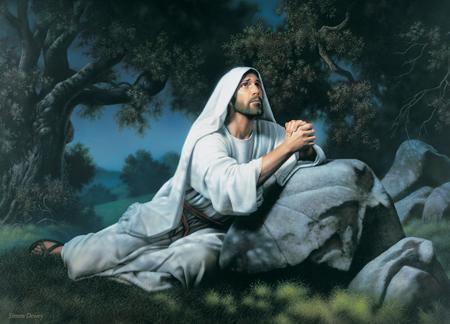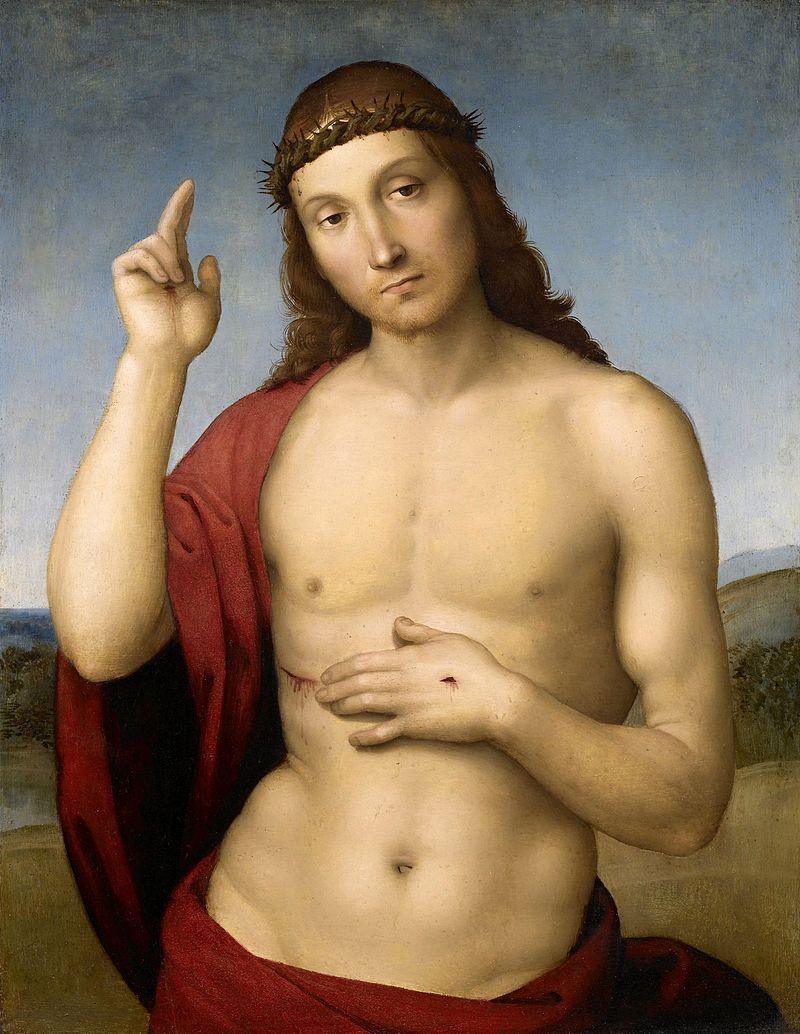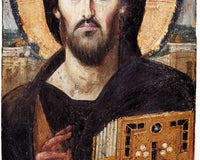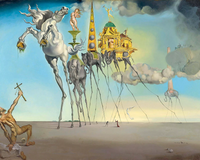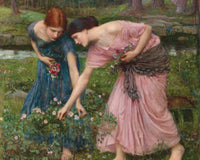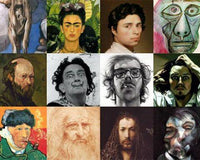The Fall of the Damned is one of the most extraordinary paintings in the history of humanity.
Kuadros brings you a little closer to its story and meaning.
Alternatively known as The Fall of the Rebel Angels, this is a religious painting attributed to Peter Paul Rubens.
The painting represents the bodies of the damned angels being thrown into the abyss by the archangel Michael and his accompanying angels. The physical dimensions of this painting are enormous: 286cm × 224cm, and its theme was inspired by a passage from the Apocalypse, chapter 12:
“And there was a war in heaven: Michael and his angels fought against the dragon, the ancient serpent, who is called the devil and Satan, the one who deceives the whole world; he was thrown down to the earth, and his angels were thrown down with him.”
 The work depicts the first confrontation between Good and Evil, even before the fall of man, when the most powerful angel, Lucifer, meaning "bringer of light," rebels against the authority of God. After this, the rebellious angel is cast out of heaven by the Archangel Michael at God's command, causing the fall of the other rebellious angels.
The work depicts the first confrontation between Good and Evil, even before the fall of man, when the most powerful angel, Lucifer, meaning "bringer of light," rebels against the authority of God. After this, the rebellious angel is cast out of heaven by the Archangel Michael at God's command, causing the fall of the other rebellious angels.
Unlike the medieval representation of "evil," where Satan was depicted in monstrous forms, with wings, tails, and deformed bodies, the Renaissance representation of the devil adheres more to the figure of the Satyr (Silenus in Greek mythology) with horns and hooves, in a clear reference to paganism.
Rubens uses this same reference to represent Satan. However, he resorts to monstrous bat-like creatures to show the rest of the demons and the very "Evil."
This masterpiece is as grand as it is impressive. The vertical design is dynamic and tinged with a warm earthy palette. The dark surroundings are illuminated by a hole in the clouds, from which rays of light shine into hell.
Rubens usually depicted biblical passages in color palettes, but this painting not only has a limited brown palette, but it also has a much more intense and disturbing atmosphere. In the space between the clouds, a bit of blue sky can be seen in the background, veiled by dark shapes as the damned bodies fall into the abyss.
At the top of the clouds, banishing the wicked crowd is the Archangel Michael. The warrior angel wears red and blue robes that are represented in a saturated red tone, while holding a shining shield that reflects the light coming from above.
With the Archangel Michael, a source of yellow light can be seen, but the painting gets darker as it descends, in an area nuanced by confusing shapes of suffering and condemnation.
In the work, it is possible to see snakes, lions, deformed animals, some monstrous shapes, and parts of human bodies. At times, it is difficult to discern whether the figures are being attacked by these monstrous creatures or if they are merging with them, becoming horrible chimeras.
 The human figures in the image show expressions of suffering and anguish. The demonic creatures with bat wings knock down people and bite and attack them. The bodies are contorted and naked, some of a larger structure, while others appear almost seductively, indicating the gluttony and lust of the seven deadly sins.
The human figures in the image show expressions of suffering and anguish. The demonic creatures with bat wings knock down people and bite and attack them. The bodies are contorted and naked, some of a larger structure, while others appear almost seductively, indicating the gluttony and lust of the seven deadly sins.
 As the eye moves across the canvas, more grotesque-looking creatures can be observed. Animals with horns and claws seem to represent pagan mythological beings, dragging the bodies down while tearing their living flesh.
As the eye moves across the canvas, more grotesque-looking creatures can be observed. Animals with horns and claws seem to represent pagan mythological beings, dragging the bodies down while tearing their living flesh.
With that gigantic size, this piece also gives a clear and forceful reason to the observer not to sin. Its colossal size allows for a detailed view of the unbearable suffering that hell holds for the sinner.
This work of art is both horrifying and beautiful like no other due to the level of detail. In it, no sinner is saved. The devil does not discriminate, but nonetheless, we know that Rubens was fond of great ladies, so there are definitely more of them represented in the painting than anything else. The favorite is the woman to the southwest of the center of the painting who is held on the back of a devil with his tail wrapped around her legs. Her face says she would rather not be there, but she knows what she did to lead her to her macabre fate.
In 1959, an artistic vandal threw acid on this extraordinary painting. Although it was restored, the vandalism almost destroyed this gem of humanity. Apparently, the content of the painting did not deter the attacker from trying to ruin it, which is surprising given how incredibly intriguing the work is.
Several sketches of this painting have survived, suggesting that Rubens may have planned to make an engraving of the theme as he did with many of his favorite works. But if this engraving were made, it is likely in the attic of some castle gathering dust.
Rubens may have wanted to indicate that paganism is an enemy of Christianity through the way the demons have been represented. By using creatures that are easily recognizable as satyrs, this is a very literal and visual representation of the oldest beliefs.
Rubens's palette and the use of chiaroscuro (the technique of using light to contract darkness) give unique movement and vivid drama to the work, which almost feels like a waterfall in full descent, the demons creating the bubbling basin of misfortune.
The philosopher who attempted to damage the painting, Walter Menzl, felt that by attacking the work, he would draw attention to himself, allowing his philosophy of utopian universal peace to be recognized. What actually happened was that he was ordered to pay 80,000 German marks, which he could not afford, so he ended up spending 3 years in prison, with his theories completely ignored.
 For the good fortune of humanity, the painting was restored and now resides in the Alte Pinakothek museum in Munich.
For the good fortune of humanity, the painting was restored and now resides in the Alte Pinakothek museum in Munich.
What do Kuadros fans see in this magnificent work of art?
Remember that in our store you can obtain a reproduction of "The Fall of the Damned" made on canvas by an expert artist.
This painting will be a topic of conversation with your family and friends for many, many years.
The Fall of the Damned ranks no. 41 on the list of famous paintings
KUADROS ©, a famous painting on your wall.


